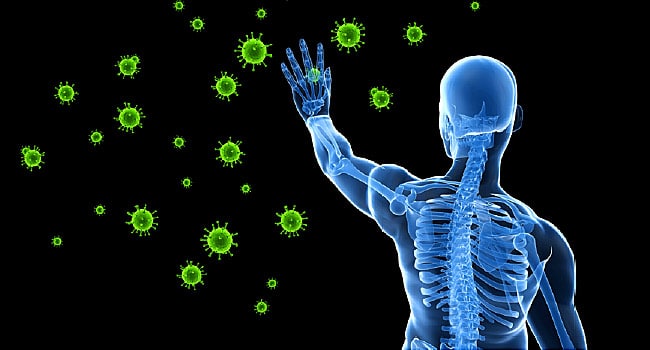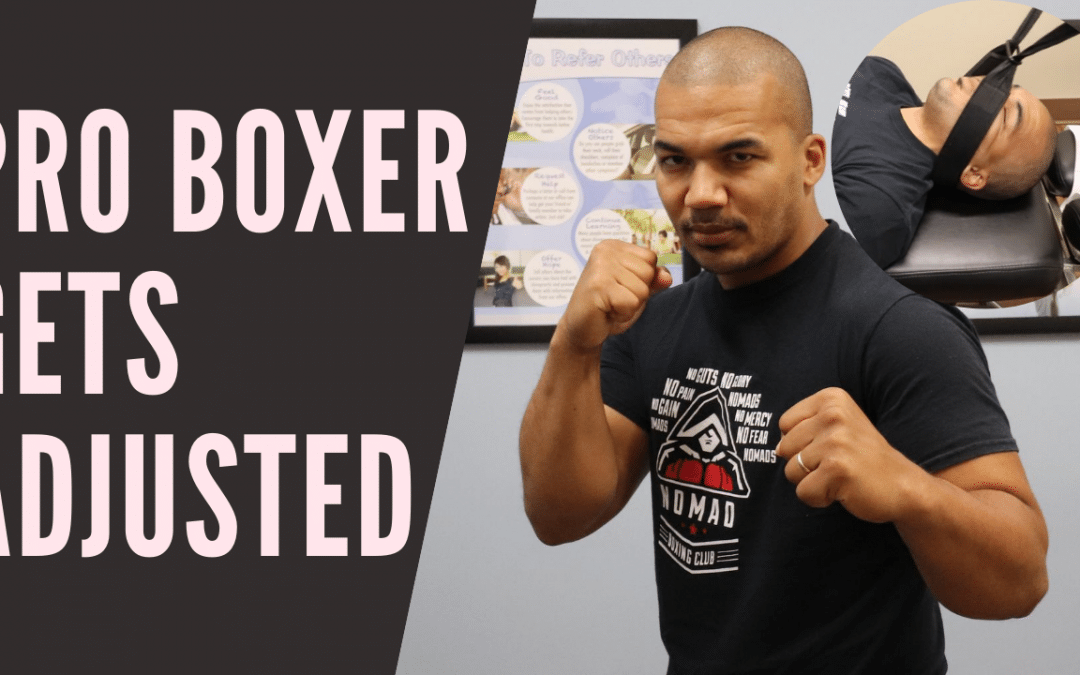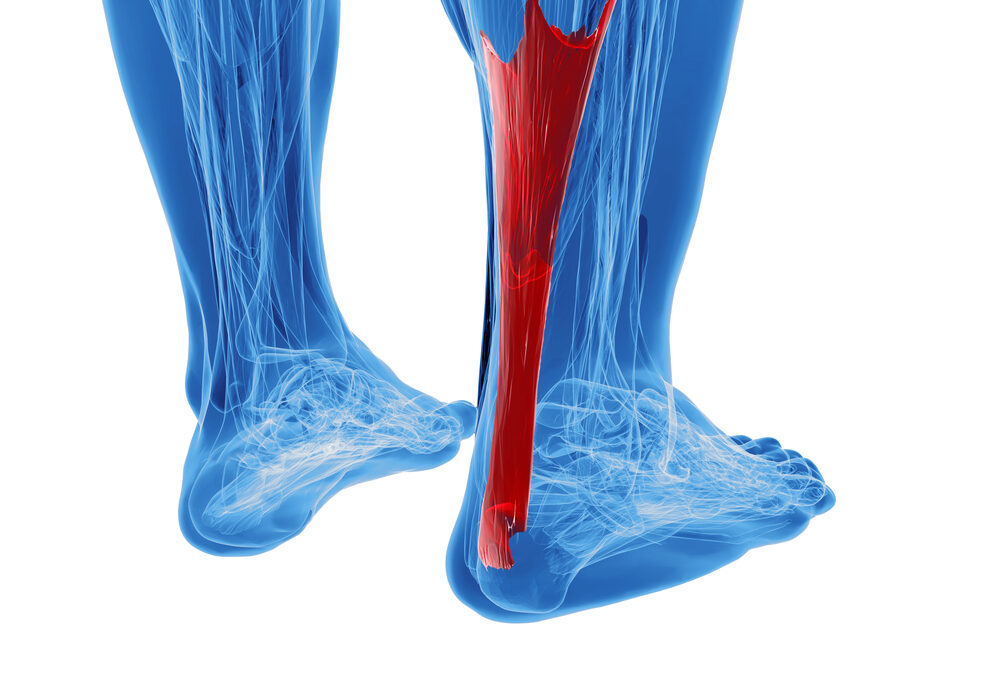
How to Naturally Increase Your Immune System
How to Increase Your Immune System: 3 Tips to Improve Your Immunity Naturally
Certain studies report that early 3% of American adults have a weakened immune system. Those with some of the weakest immune systems include women, those in their 50s, and white people. However, anyone can have a weak immune system, regardless of age, gender, socioeconomic status, and other factors.
Are you one of those with a less-than-healthy immune system?
If so, you’ve likely landed here for a reason—you’re looking for a way to change that. You’re wondering how to increase your immune system naturally, whether through supplements, chiropractic treatment, exercise, and the like.
In this guide, we have the answers you seek. Whether it’s how to increase your immune system with food or fluids, or something else entirely, we take a well-rounded approach. Keep reading for more.
Simple (But Significant) Tips on How to Improve Your Immune System
Strengthening your immune response doesn’t have to be complicated. You can practice these guidelines without the need for fancy regimens, costly appointments at the doctor, or fads.
Without further ado, here are data-backed ways to get healthier.
1. Drink Your Water
Does staying hydrated help your immune system?
In fact, it does!
Our immune system depends on our bloodstream, which is full of nutrients. Our bloodstream depends on water, which it’s mostly made of—therefore, a hydrated bloodstream equals a healthier one. Without hydration, those nutrients don’t have the transportation necessary to make it to our organs.
Hydration also contributes to several other bodily functions, such as the detoxification of pathways in the body and clearing out waste and foreign invaders.
2. Visit Your Chiropractor
According to data, a chiropractic visit may be just the thing to boost your health.
When people think of a chiropractor, they think of spinal care, and that’d be accurate—but that’s not all a chiropractor does.
Many people visit their chiropractor when they have pain in the lower, mid-, or upper back. It helps to understand our nervous systems, too, which are directly affected by our spinal health. Since we operate in fight-or-flight (sympathetic nervous system) or rest-and-digest (parasympathetic), being able to relax, pain-free, is an excellent way to foster our well-being.
Chiropractors also tend to observe other aspects of the body, such as tightness or tension, as well as common ailments, like headaches or even plantar fasciitis.
3. Focus on Nutrition
Nutrition and diet obviously play a massive role in our immune systems. The more nutritious, well-rounded, and vitamin-rich your diet, the better your immune system can function.
Doctors recommend a balanced portion of the following items, among others:
- Berries (vitamin C!)
- Mushrooms
- Oysters, which have a healthy amount of zinc
- Yogurts, like Greek yogurt, which is high in probiotics
- Cruciferous greens like spinach or kale
It’s crucial to limit your usage of alcohol, as well as intake of processed sugar, fried foods, bad fats, and more.
If possible, try to get most of these vitamins from food. However, you may need to take supplements depending on lifestyle and other factors. Supplements are an excellent natural way to boost your immunity—but it’s important to take the appropriate amounts.
Make Wellness a Priority
When it comes to how to increase your immune system, there are many things you can do independently—make movement a priority, as well as diet and sleep, and other positive habits—stuff in your control.
Some things, however, are better left to an expert; that includes visiting a chiropractor.
Book an appointment with us and get so much more than an improved range of motion. Learn how to build a healthier immune system, too. We look forward to hearing f





